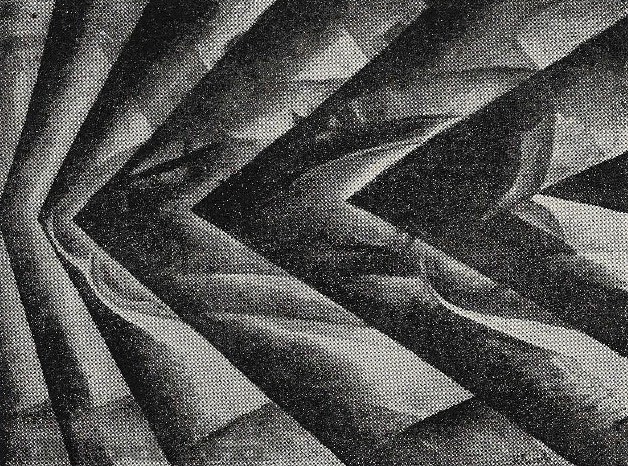So this post isn't a discovery as much as it is a question. well maybe its a discovery that then led to a question. but here we go!
first the precursor!!!
INFANTILISM (the topic of this post)
With the growth of Soviet unions childrens book industry under Lenin’s New Economic Growth policy (of the 1920’s), Vladimir Vasilevich Lebedev became the father of the twentieth-century Russian picture book. Of his graphic masterpieces is Tsirk (Circus). This book in particular utilized infantilism (another cultivation of Lebedev’s). Infantilism borrows from the fresh, spontaneous and naïve techniques of childrens art, and reimagines it in a new art form. Lebedev states that when doing his children’s books, he “Tries to recall his own consciousness as a child”.
“Book Spread for Tsirk (circus)”
made in 1928
made by Vladimir Vasilevich Lebedev
Infantilism, aesthetically has flat shapes and colors, and the forms of recognizable objects are simplified!!
now to my question.
if we understand infantilism, then doesnt that mean that every childrens cartoon show ever would be infantilism?
let me post some examples first
an old nickelodeon show called blues clues. The flat shapes and colors used to construct images, this one being the dog blue.
an awesome Disney channel show called LILO AND STITCH. Notice the simplified anatomy and how every corner is rounded. FUN FACT- there is not one single sharp edge in this entire show and the 3 movies made, every singly possible edge is rounded off. The edges of there eyes....look pointed..NOPE!!! look closely, the edges are rounded off. (thought that was a coo fact)
nickelodeons CHALK ZONE. once again flat shapes and colors. there is even a childlike line weight to that blue character
one of my favorite, nickelodeons SPONGEBOB SQUAREPANTS. flat shapes, clors and whimsically disproportionate characters.. hahah he's a sponge!!
nickelodeons HEY ARNOLD. again even though theres more perspective, there are still flat shapes, and flat colors, and elongated proportions.
BATMAN THE BRAVE AND THE BOLD. probably the most simplified forms and colors, and everything is heavily outlined in black (a tendency in child art)
nickelodeons ROCKET POWER. the lines are shakey and squiggly, and still hold flat shapes and colors, be them elaborate shapes
and much like rocket power, the same goes for nickelodeons THE WILD THORNBERRYS
there are very very advanced examples,
like FINAL FANTASY'S ADVENT CHILDREN. very realistic and detailed
and GUYVER THE BIOBOOSTED ARMOR. flat colors (many flat colors) and very elaborate
from the fundamentals of infantilism we get to these 2 points, but lets just focus on the childrens shows
all the shows i mentioned follow the same [principles of infantilism, not in just technique, but in purpose and meaning as well. they project whimsical and fantasy-like storyline, with flashy yet simple imagery and a jubilee of color. As Lebedev has said, they "recall the consciousness of a child".
now i have made my claim, these shows, albeit more modern and advanced, follow the same principles of infantilism and therefore they are it! no?
i leave it to you, what are your thoughts reader?

























































